A rich and delightful reflection of the state’s unique culture, Hawaiian food is as diverse as it is surprising. At its core are fresh ingredients like fish, taro, pineapple and banana, complemented by inventive farming techniques developed by Native Hawaiians. Over the years, missionaries and workers from places as far-flung as Portugal, China, Japan, Puerto Rico and the Philippines made their way to Hawaii, bringing with them an immense array of traditions that would blend and fuse in fascinating ways. As a result, Hawaii is as much a culinary paradise as it is a tropical one.
Poke
This uber-trendy dish may be everywhere these days, but its true origin takes us back to Hawaii, where locals used to rub freshly caught fish with ingredients like sea salt, seaweed and nuts. Poke literally means “chunk”, and that’s the easiest way to describe it: marinated chunks of seafood or meat. Its beauty lies in its simplicity, allowing fresh ingredients to shine in different preparations that can range from tuna with soy and sesame, to miso octopus, spicy salmon, creamy shrimp and many more. Hawaiian grocery stores usually offer several options, as well as white rice to make a meal of it.
Try It At: Like Poke in Kahului, Maui and Konohiki Seafoods in Lihue, Kauai
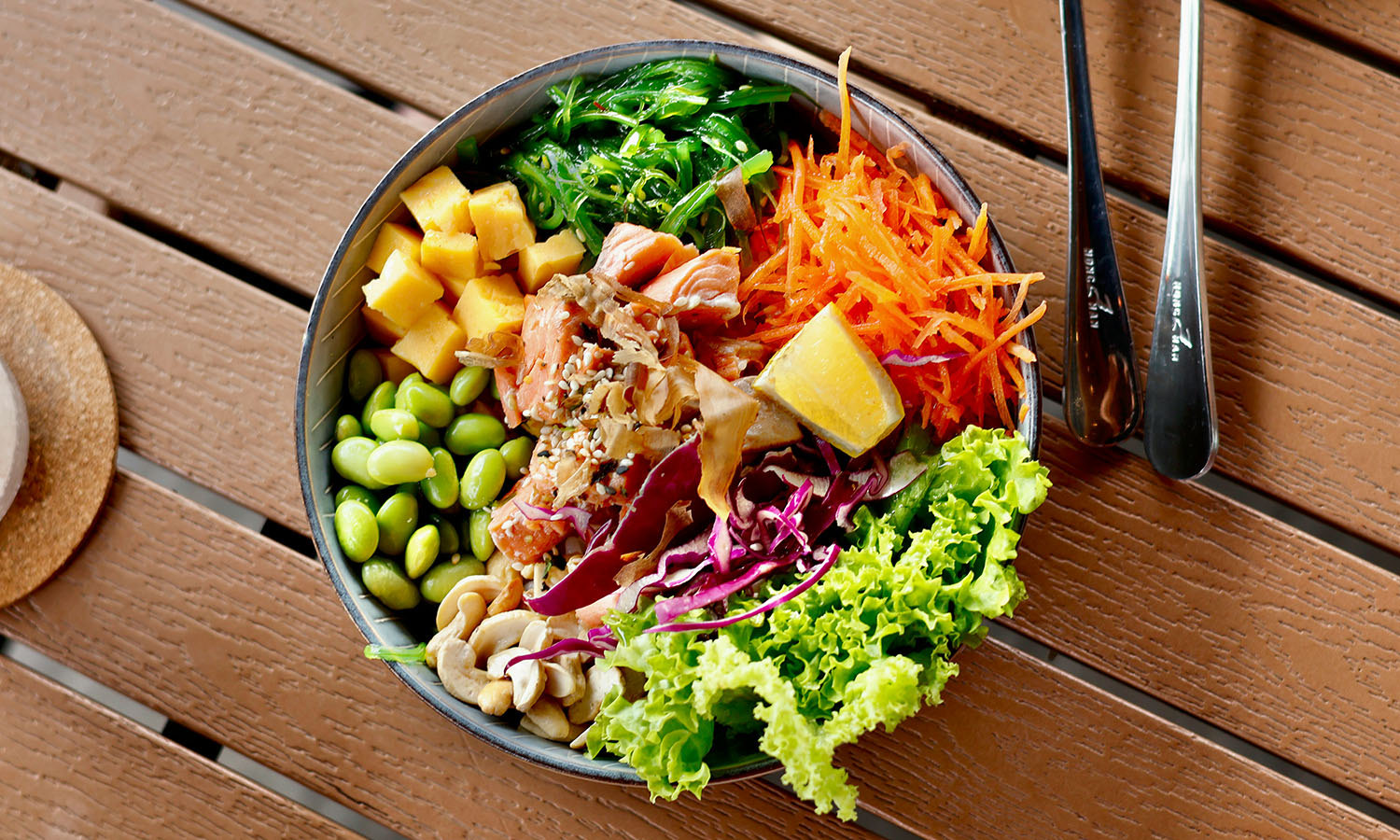
Spam Musubi
Deeply rooted in Hawaiian daily life, Spam made its way to the islands during World War II as a convenient, affordable item for stationed soldiers. Its popularity grew quickly, with the tinned meat becoming a favourite in many shapes and forms – but perhaps none as beloved as Spam musubi. According to legend, a Japanese woman came up with this simple yet unbeatable trifecta of white rice, fried Spam and nori. The ultimate handheld snack, Spam musubi is savoury and filling, available everywhere from grocery stores to family gatherings. If you’d like to try your hand at making it, you can follow this recipe.
Try It At: The Musubi Truck in three locations across Kauai
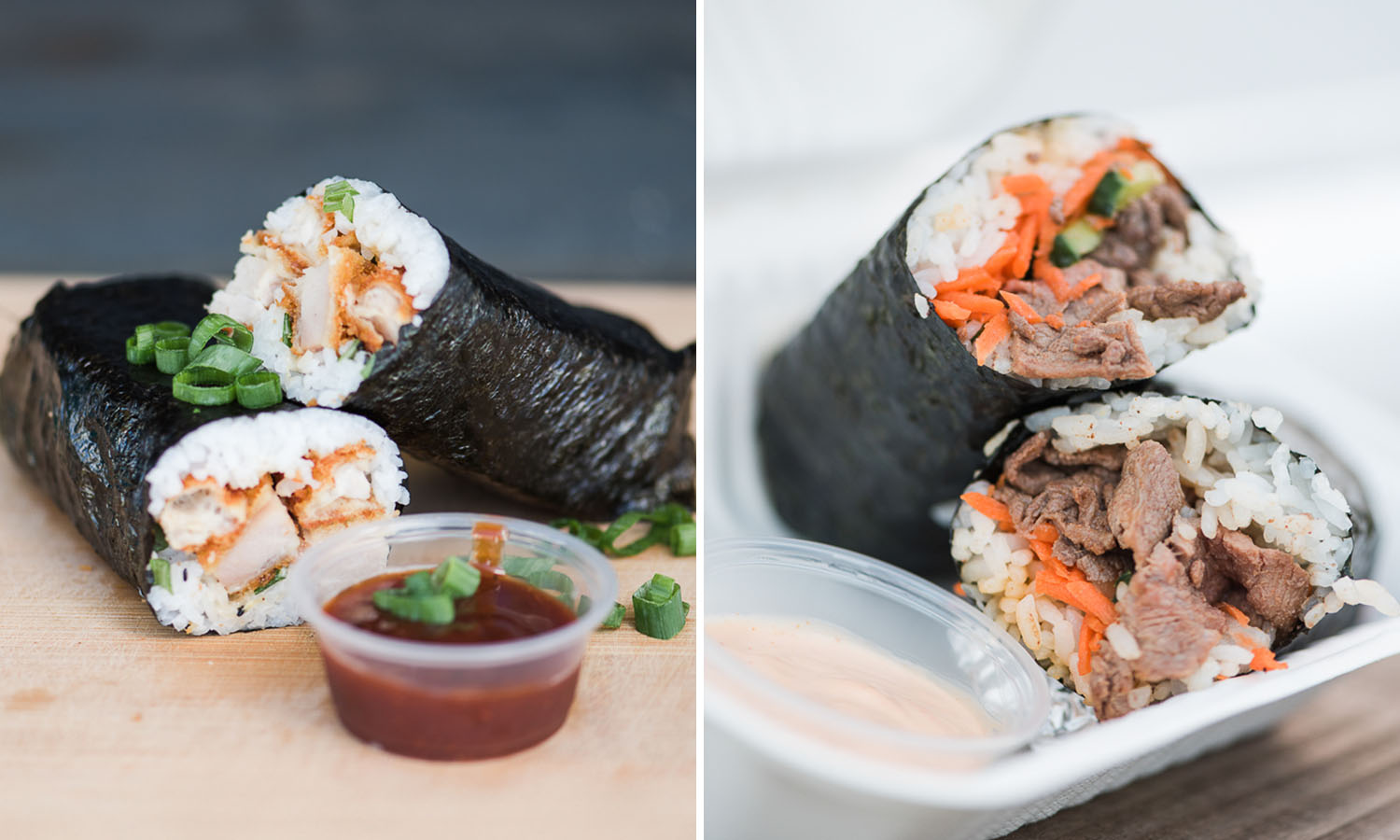
Poi
Strictly speaking, poi is mashed taro root – a starchy icon of Hawaiian cuisine. But beyond its definition, poi is an intriguing dish – one that many consider an acquired taste, as it may seem a bit bland the first time you try it. Depending on its age, poi can range from mild (when it’s fresh) to sour (after it has fermented for hours or even days); fermentation will add probiotics to this already nutritious food packed with fibre and vitamins. In fact, it’s a popular meal for Hawaiian babies. You’ll most likely find poi as a side accompanying savoury dishes like fish, pork or lomi lomi salmon.
Try It At: Waiahole Poi Factory in Kaneohe, Oahu
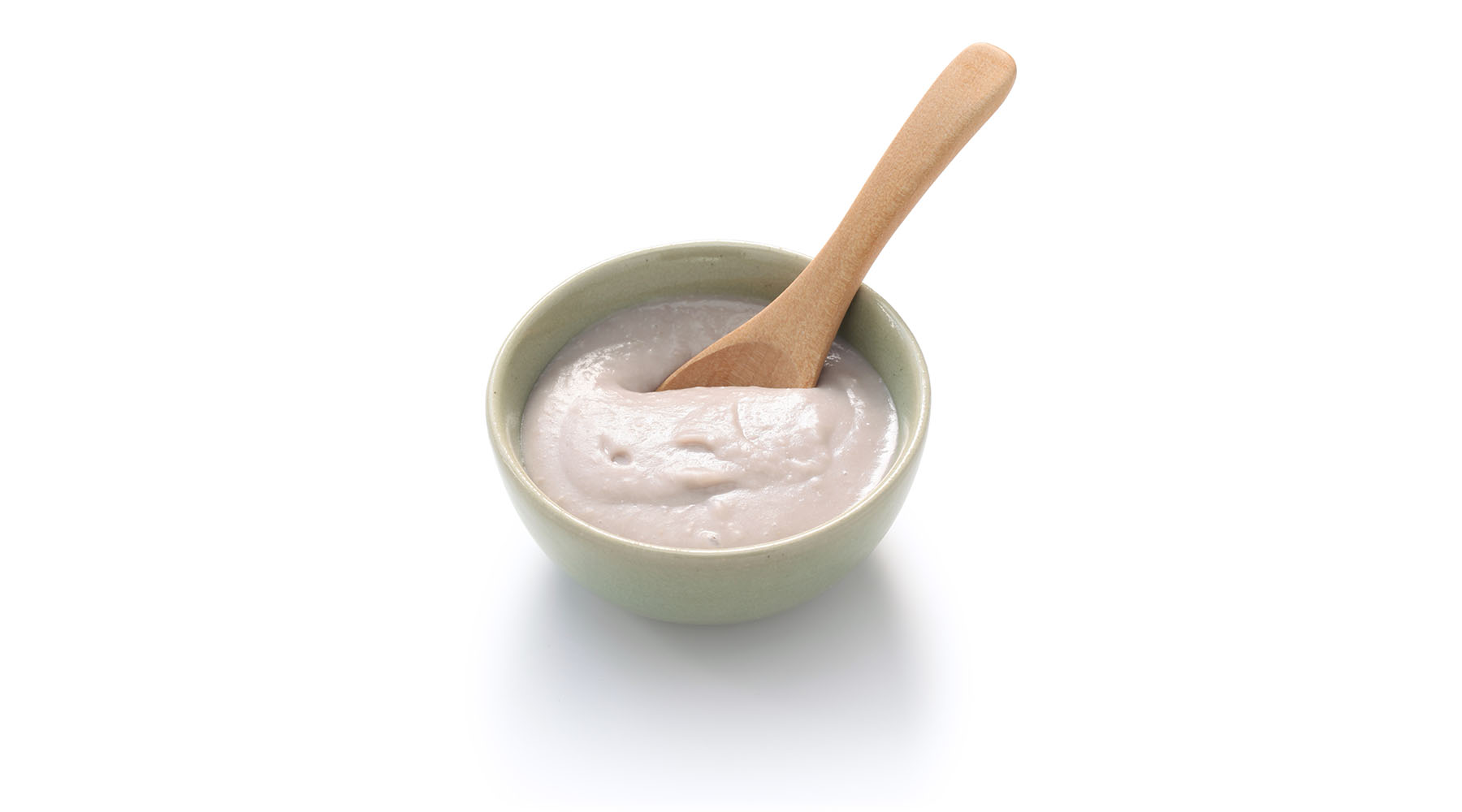
[Photo: Getty Images]
Mai Tai
A synonym for tropical bliss, this potent drink is the brainchild of the legendary Victor Bergeron, aka Trader Vic, who invented the concoction at his Oakland restaurant and served it to a couple of Tahitian friends. The cocktail gained such renown that Vic was asked to formalise the recipe for a group of Hawaiian hotels, including Honolulu’s Royal Hawaiian. The rest is liquid history. To bring the taste of paradise to your home bar, pour 44ml white rum, 22ml orange curacao, 15ml orgeat, and 22ml lime juice into an ice-filled shaker. After shaking, pour into an ice-filled glass and top with 15ml dark rum. Garnish with a mint sprig and a slice of lime.
Try It At: Mai Tai Bar at The Royal Hawaiian Resort in Honolulu, Dr. Mai Tai’s at Four Seasons Resort Oahu at Ko Olina in Kapolei, and Cheeky Tiki in Kailua-Kona on the island of Hawaii
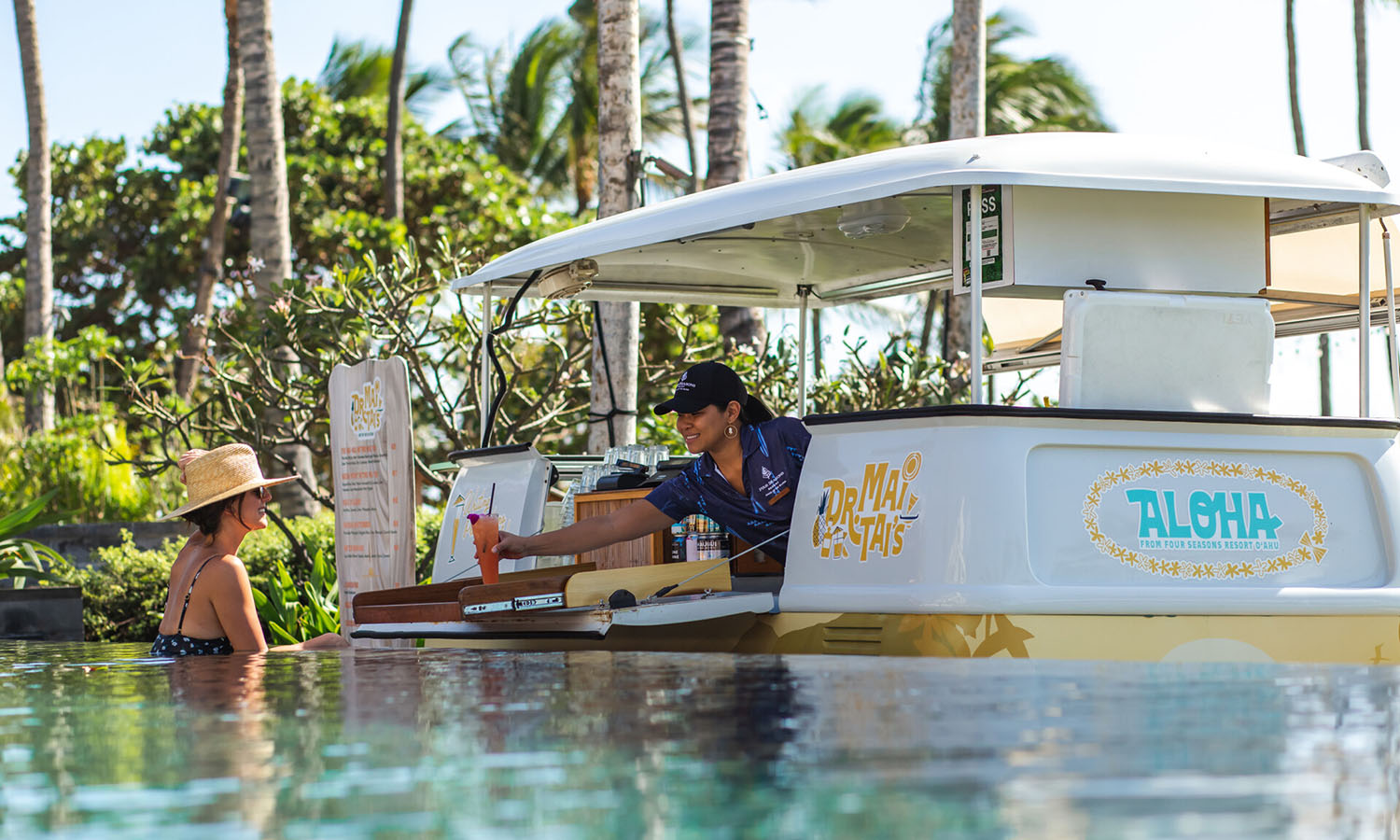
Malasadas
Portuguese influence – the result of the 19th-century arrival of workers from the Azores and Madeira – shines in these yummy treats: yeast-leavened doughnuts, deep-fried and covered in sugar. In their classic form, malasadas are enjoyed plain, although you can find versions with all sorts of delightful fillings; think custard, chocolate, haupia or macadamia nuts. These fluffy sweets are especially in demand at the beginning of Lent on Fat Tuesday, also known as Malasada Day.
Try It At: Leonard’s Bakery in Honolulu
View this post on Instagram
View this post on Instagram
Loco Moco
A quintessential comfort food, loco moco is equally satisfying for breakfast, lunch or dinner. A classic version consists of a generous scoop of rice topped with a hamburger patty, a fried egg and a slathering of gravy, though you may find variations featuring Spam, beef or fish. According to legend, the dish was born in the kitchen of the Lincoln Grill in the town of Hilo, inspired by a group of sporty teens who asked for a cheap, tasty alternative to a sandwich, inadvertently inspiring a future Hawaiian staple. Craving your own? Start with a serving of white rice and top it with a gravy-bathed hamburger patty, before adding a fried egg and a sprinkling of green onions.
Try It At: Kihei Caffe in Kihei, Maui and the Tip Top Motel in Lihui, Kauai
View this post on Instagram
View this post on Instagram
Chocolate Haupia Pie
Got a sweet tooth? This decadent delight is for you. Known to some as “Hawaiian coconut pudding”, haupia is a jello-like concoction made with coconut milk, cornstarch, sugar and water. While it’s often served on its own, haupia finds its best companion in this chocolate pie, resulting in an irresistible dessert boasting a crispy crust, rich chocolate notes and fresh, creamy haupia. Its purple cousin, sweet potato haupia pie, is also a local favourite, made with one of the most treasured ingredients in Hawaii.
Try It At: The Right Slice in Kalaheo, Kauai
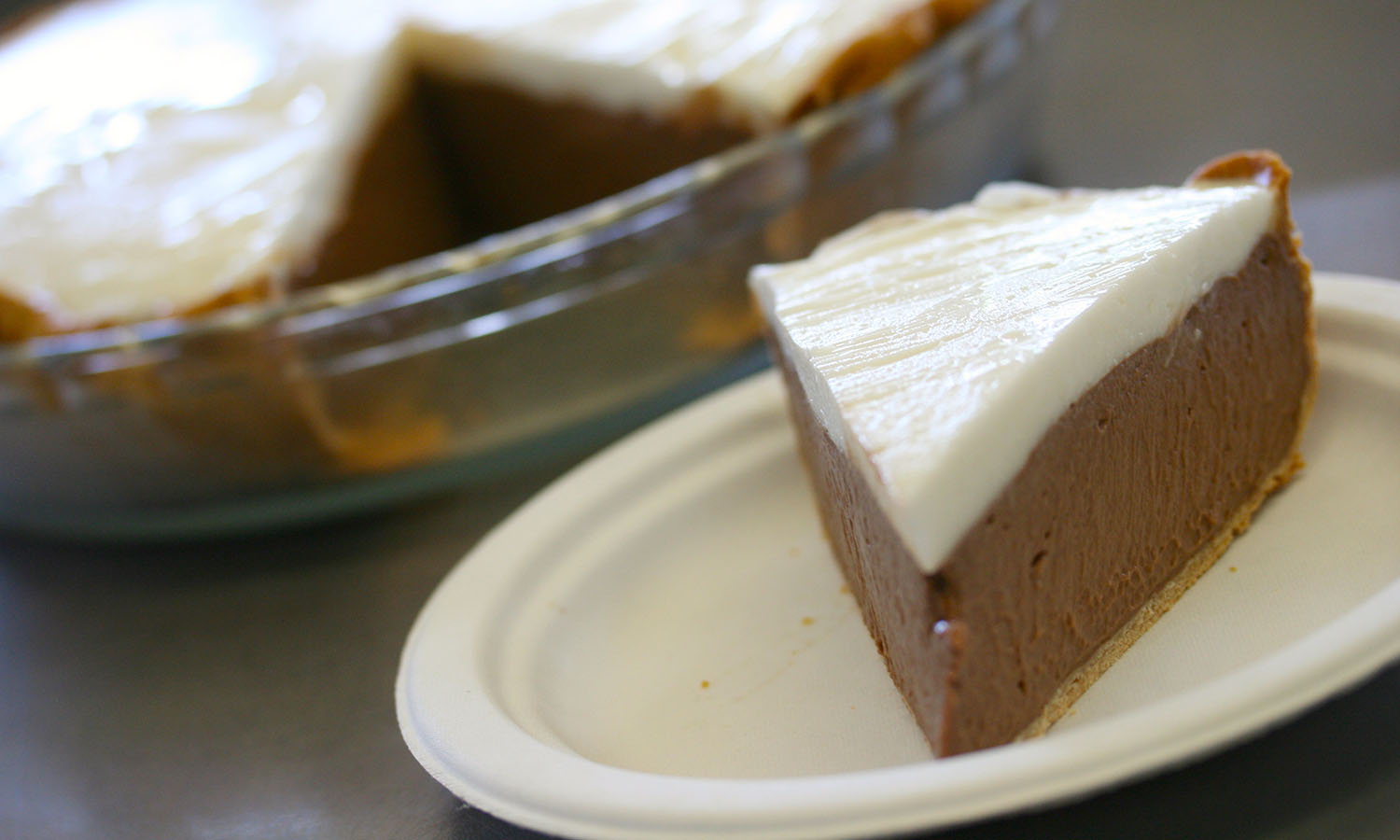
Saimin
Few things are as comforting as a bowl of noodles, and after a long day of exploring Hawaii, saimin sure does the trick. It starts with a light, dashi-based broth and wheat-and-egg noodles, opening a world of possibilities when it comes to toppings – eggs, Spam, shrimp tempura or pork, just to name a few. The origins of this beloved Hawaiian dish can be traced to the plantation era in the 19th century, when workers from Asia brought their own noodle-based specialities to the islands, exchanging ingredients and style ideas.
Try It At: Palace Saimin in Honolulu and Zippy’s in various locations across the state
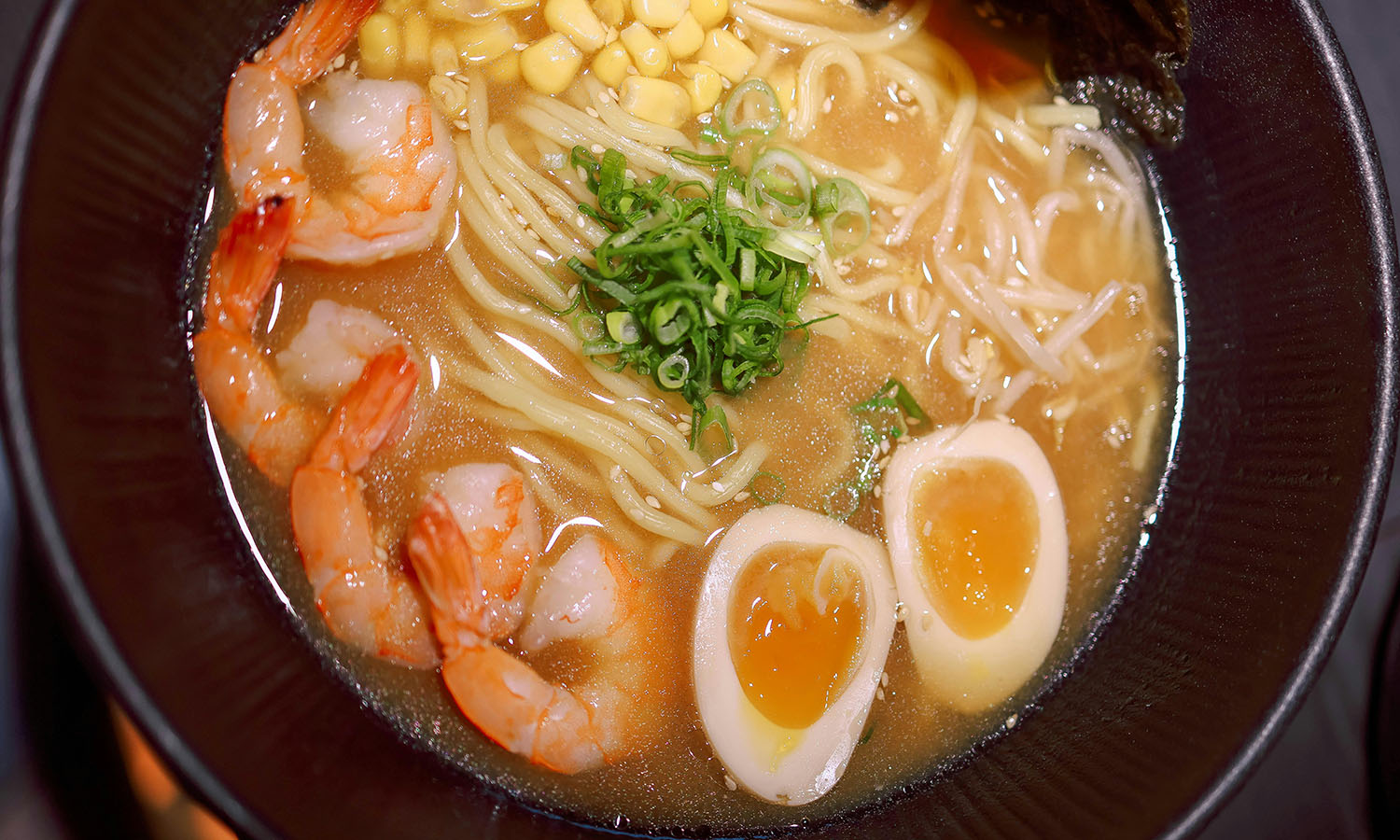
Shave Ice
The perfect way to beat the tropical heat, this chilly treat also has ties to Asia, as 19th-century Japanese plantation workers brought with them kakigori – shave ice bathed in fruit juice or sugar. The Hawaiian version sounds simple enough: ice shavings covered in colourful syrups. However, shops and vendors can get increasingly creative, coating the ice in flavours that range from coconut to lychee, as well as adding toppings like mochi or haupia cream.
Try It At: Ululanis in 10 locations across Hawaii
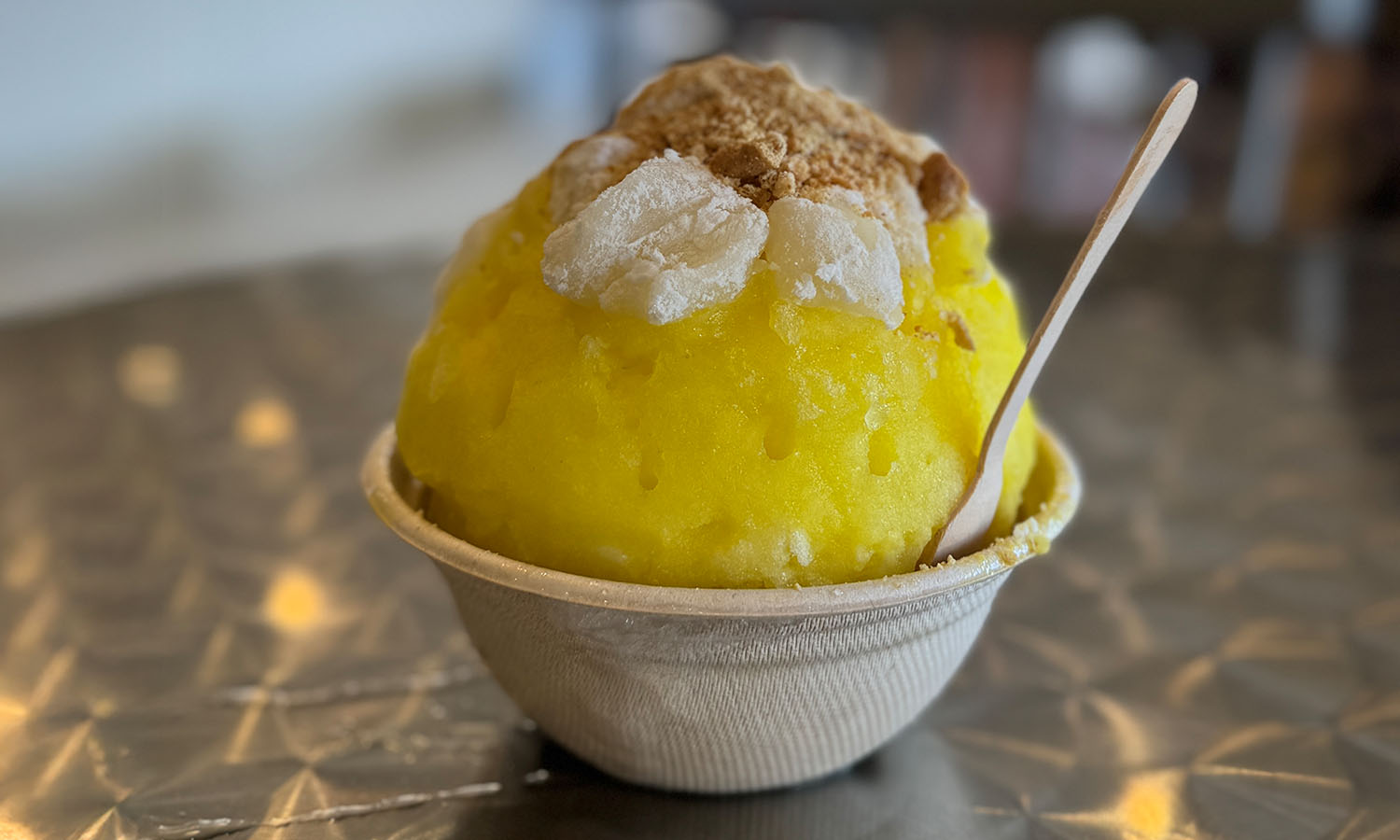

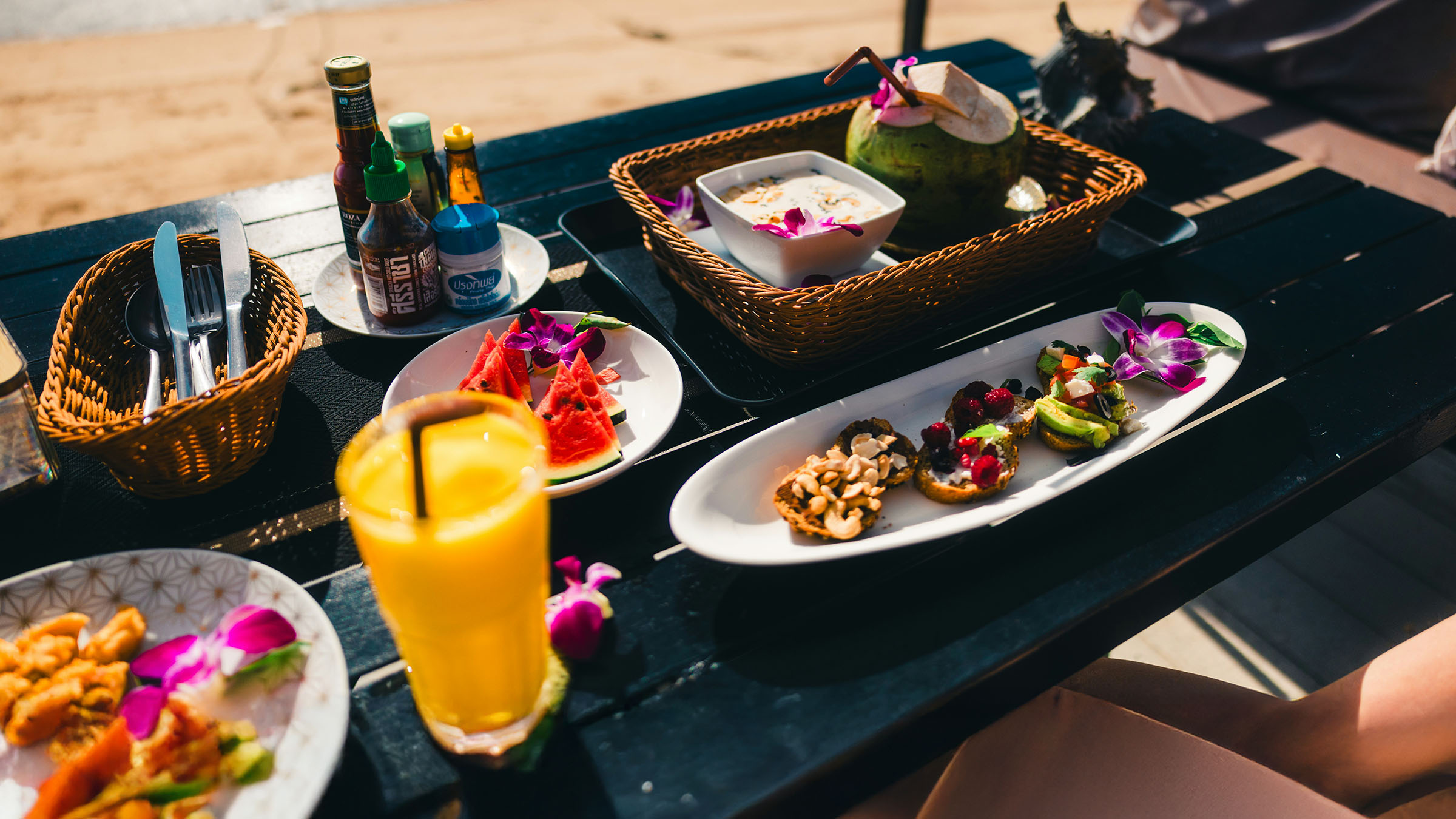
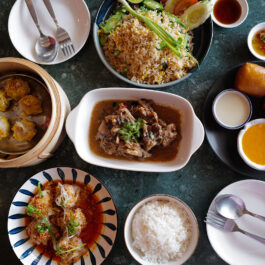
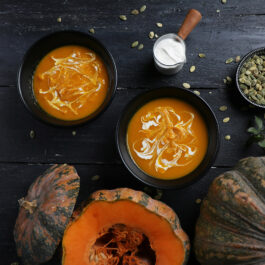
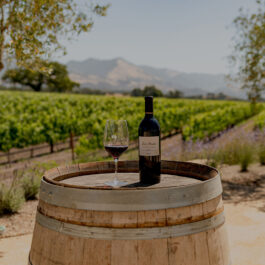
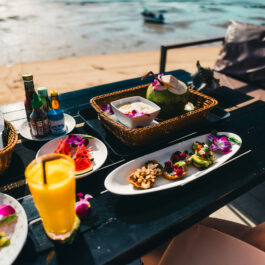
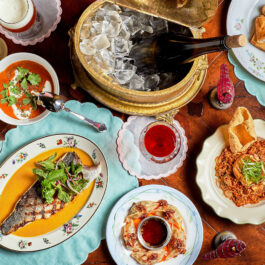

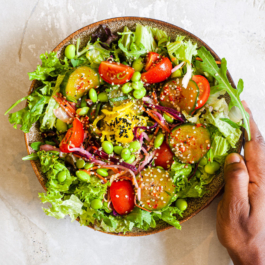
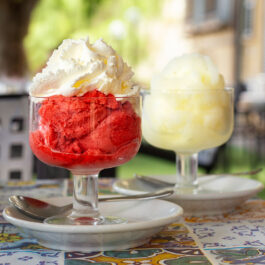
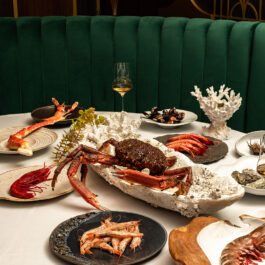
Sorry, the comment form is closed at this time.